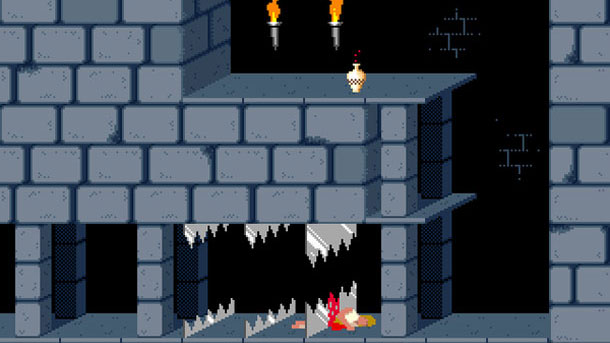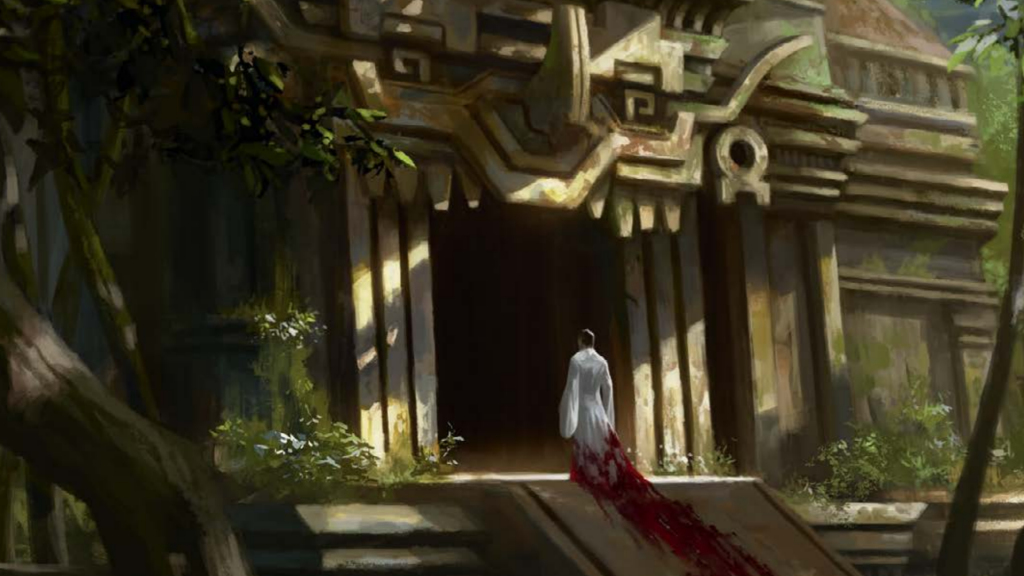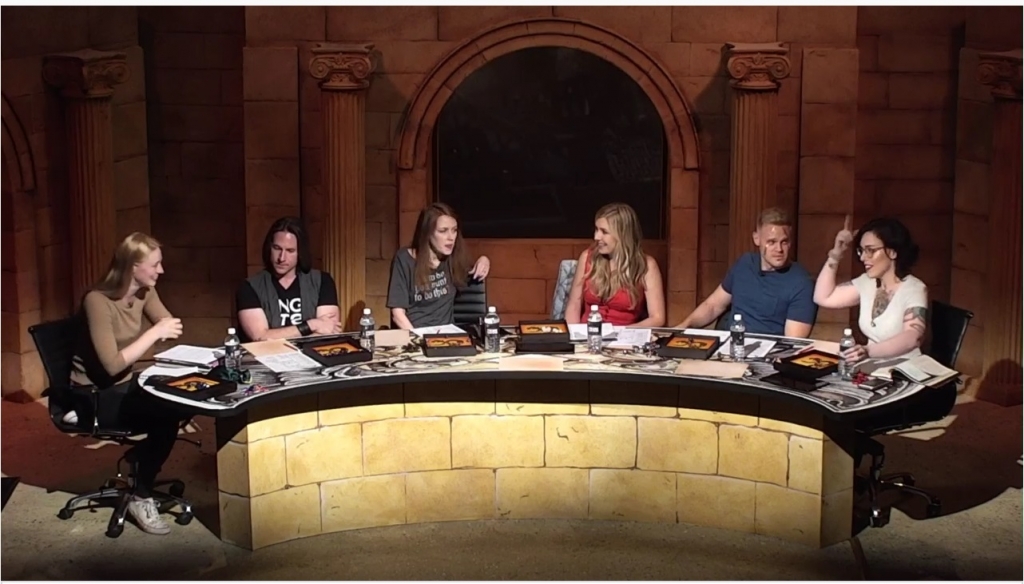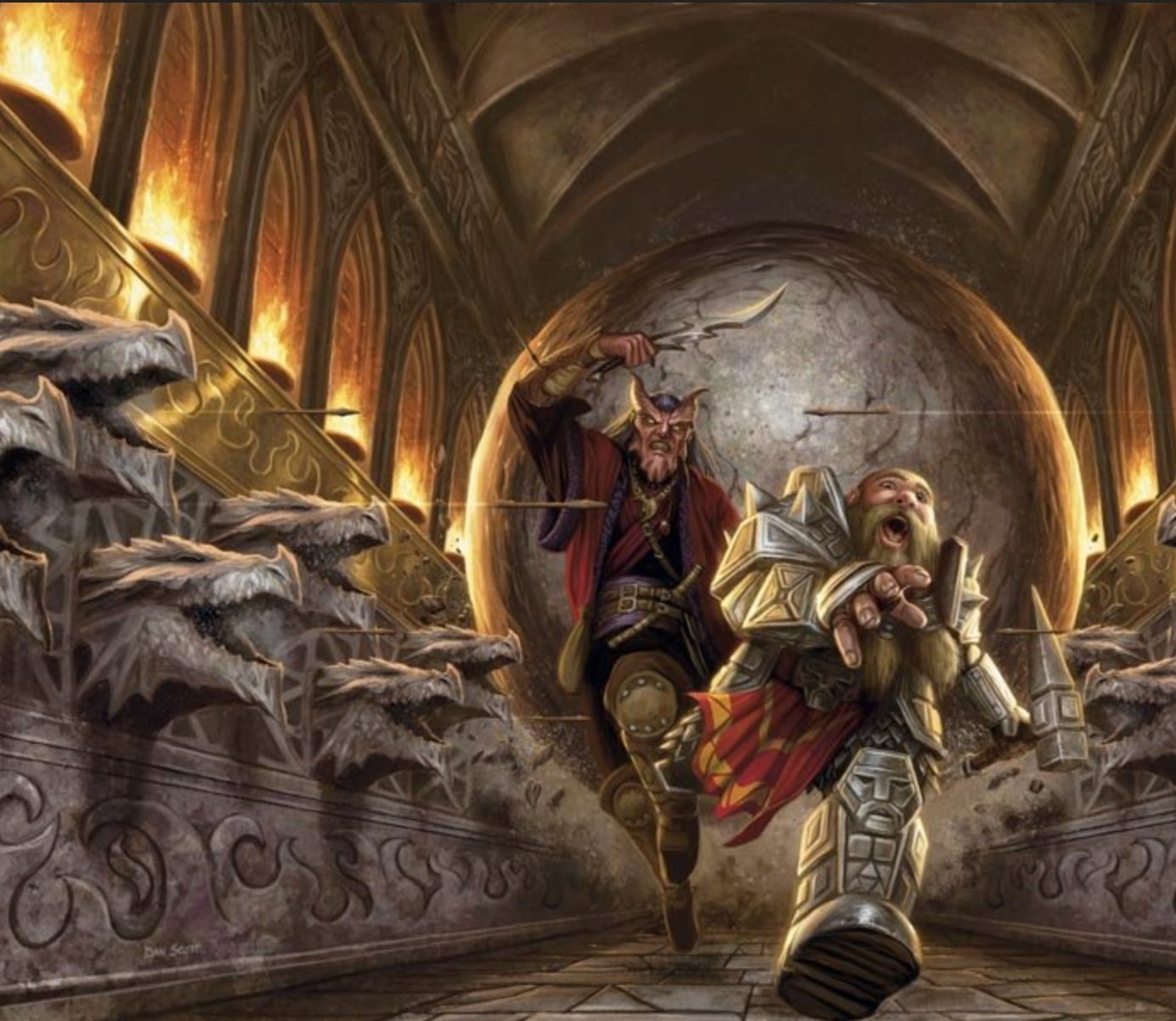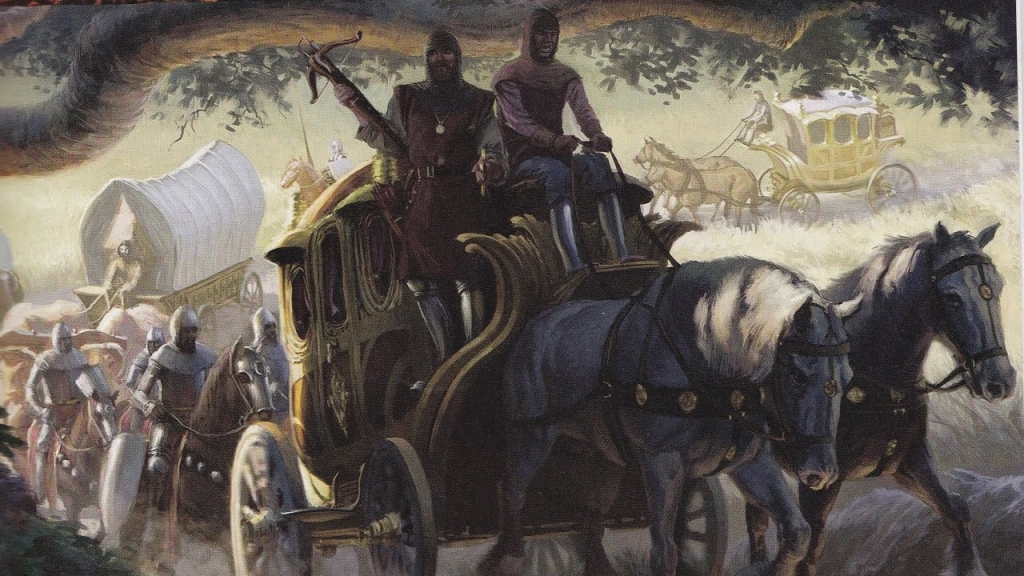D&D: Five Traps That Add Some Spice To Any Encounter
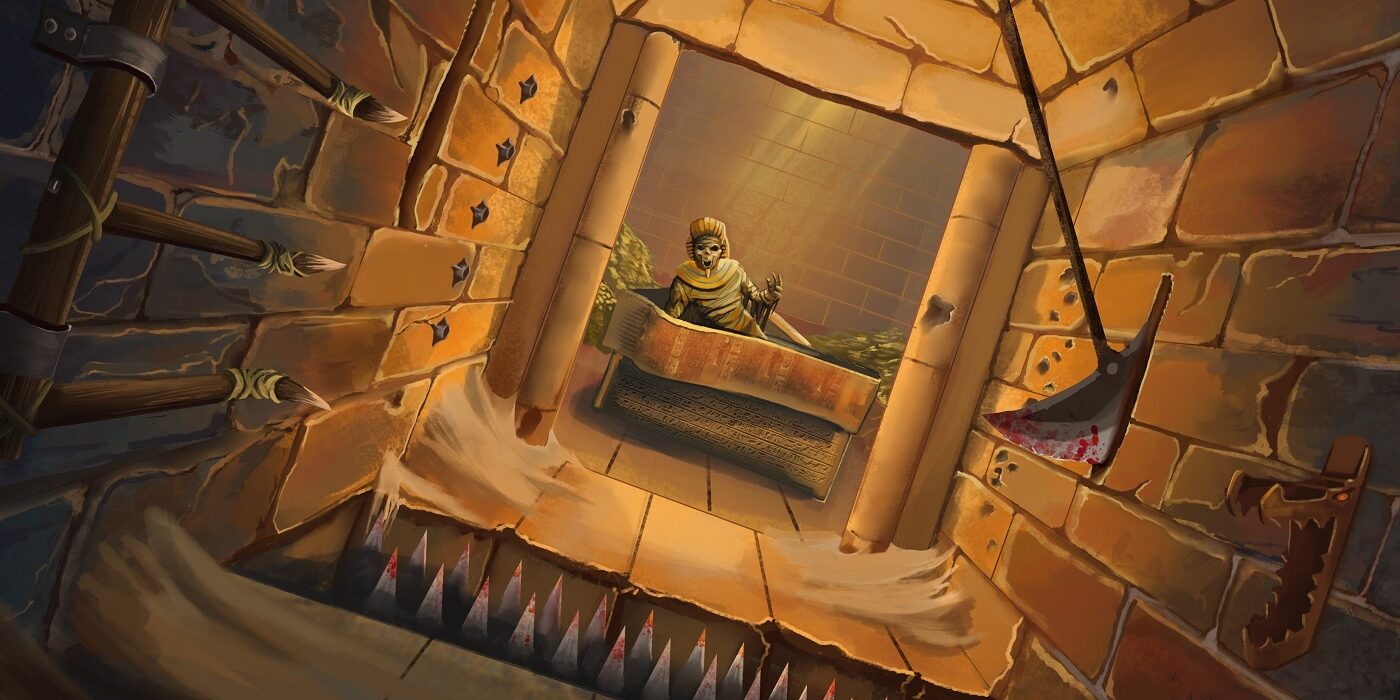
What would D&D be without traps? For some people it’d be a lot easier, but here’s a few traps that make any encounter a little livelier.
Let’s talk traps friends. They’ve been a part of D&D since the beginning, when Gary Gygax decided he wanted everything in the dungeon to be trying to kill his players, the walls included. Taking inspiration from pulpy fantasy novels, pit traps and swinging, bladed pendulums were introduced into the D&D lexicon. And with a little bit of prep, a good trap can make any encounter a lot of fun. Here are five traps just waiting to be used.
Pit-level Duplex
Pit traps are almost old news. They exist as a way to either deplete some of the PC’s resources (whether that’s healing potions or spells, or just plain hit points) or to check and see if they brought the right kind of gear with them. Make your next encounter much more interesting–instead of having a pit trap or even a spiked pit trap, or even a pit full of lava (which is no fun), take a cue from a Tekken stage and have the pit open up into a new area.
Start your encounter with the PCs fighting some monsters on one level, then, as they either fall or are pushed into the pit, they drop into darkness, landing (unbeknownst to the rest of the characters) in a darkened second level (muffled by a permanent silence spell) where other monsters await. This can be a secondary, clean up team of kobolds or goblins or whatever–but use the pit not to deal damage, but to help isolate members of the party and they’ll have to think quickly and make some hard choices about whether to take a leap of faith.
Plus, having a fight in two places can add some tension to any battle.
Crushing Walls
We’ve all been here before. Someone (usually the Warlock) steps on the one thing that starts the walls crushing in, and then it’s rolling check after check while making jokes about the trash compactors in the detention level. But topical references aside, crushing wall traps are also kinda boring. Even if you’re fighting in a room, they don’t do much besides deal a bunch of damage–the challenge is just getting away from them. Usually.
But you could change it up by having the crushing walls be a little more functional. What if the sliding walls reveal a secret part of the dungeon that PCs would have to risk getting crushed by? This is the equivalent of a video game puzzle level where you have to time your jumps perfectly in order to reach some rare treasure.
Have the PCs make Athletics or Acrobatics checks to try and dart past the crushing walls to access a secret room–this only works if they can maneuver around them in the first place, so you’ll have to be careful about the placement. But this trap is all about reward vs. risk.
Musical Chairs
We have talked in the past about how traps can spice up a combat encounter, but have you considered using them to spice up a social encounter? Picture this–the PCs have been invited to dine with a king who may or may not be a tyrannical despot. They’ve been given a goal like, procure the king’s favor in order to gain some advantage (a rare treasure, a prisoner released from the dungeons, etc.), but the king, used to dealing with sycophants and spies has taken a lesson in interior design from S.P.E.C.T.R.E. and has installed traps underneath the chairs that will drop those he deems unworthy into an underground lake in a cavern full of deadly creatures. Quipper Swarms swim in the water and deadlier things await still in the catacombs beneath the castle.
Old School Hospitality
Here’s another trap to use in calmer social situations when you want to ramp up the tension. This is a great trap to spring during a ball or other big celebration where many people (especially nobles) are gathered. During the ball as players drink wine from fancy goblets, or stand around with masked attendees and plot whatever schemes and intrigues they’re at the castle to do, an assassin targets them. But rather than doing like cinematic assassins do and attacking them openly with a complete disregard for subtlety, the assassin instead switches up the usual goblets the waiter is serving and sends them to the players.
These goblets are poisoned, of course, but now how you’d think. Instead of poisoning the wine, the assassin has a few spring-loaded needle traps built into the goblet, so that when a target picks one up, the poisoned needle jets out and pricks them. PCs must make a constitution save of an appropriate DC or be affected by whatever poison you see fit. Even if they save, the assassin is hidden among the crowd, and has more such “traps” waiting for players.
A Little Boulder
Looking to put a new spin on the classic rolling boulder trap? Have the boulder open up an unexplored area of the dungeon by crashing through a wall. Or have it block off an area that you want the PCs to explore and have it force them to explore more of the dungeon. This is a great trap to unleash right as the PCs are looting treasure from a dungeon. They take a jewel off a pedestal and a distant rumbling sounds–initially nothing terrible. PCs with an exceptionally high passive perception might notice something or dwarves with stonecunning might get a sense that something’s up.
But right as they leave the boulder is careening towards them, and they’ll have to either save or be crushed. Successful saves are trapped in the treasure room, needing to find an alternate way out, while those who fail take damage but are surprisingly free to go their own ways in the wake of the boulder.
Hopefully these traps help your next encounter look a little livelier.
Happy Adventuring!

